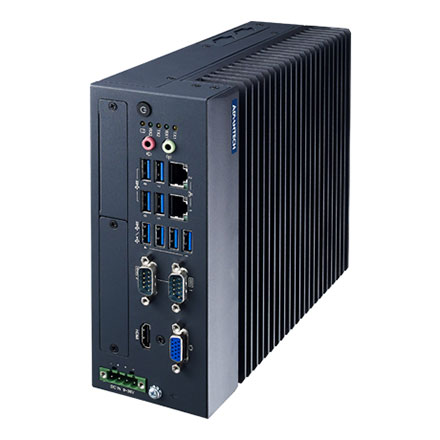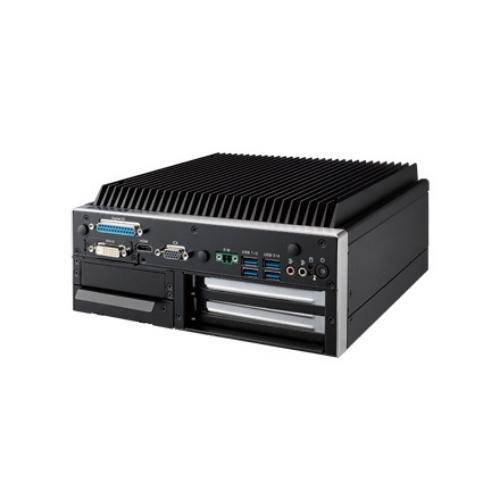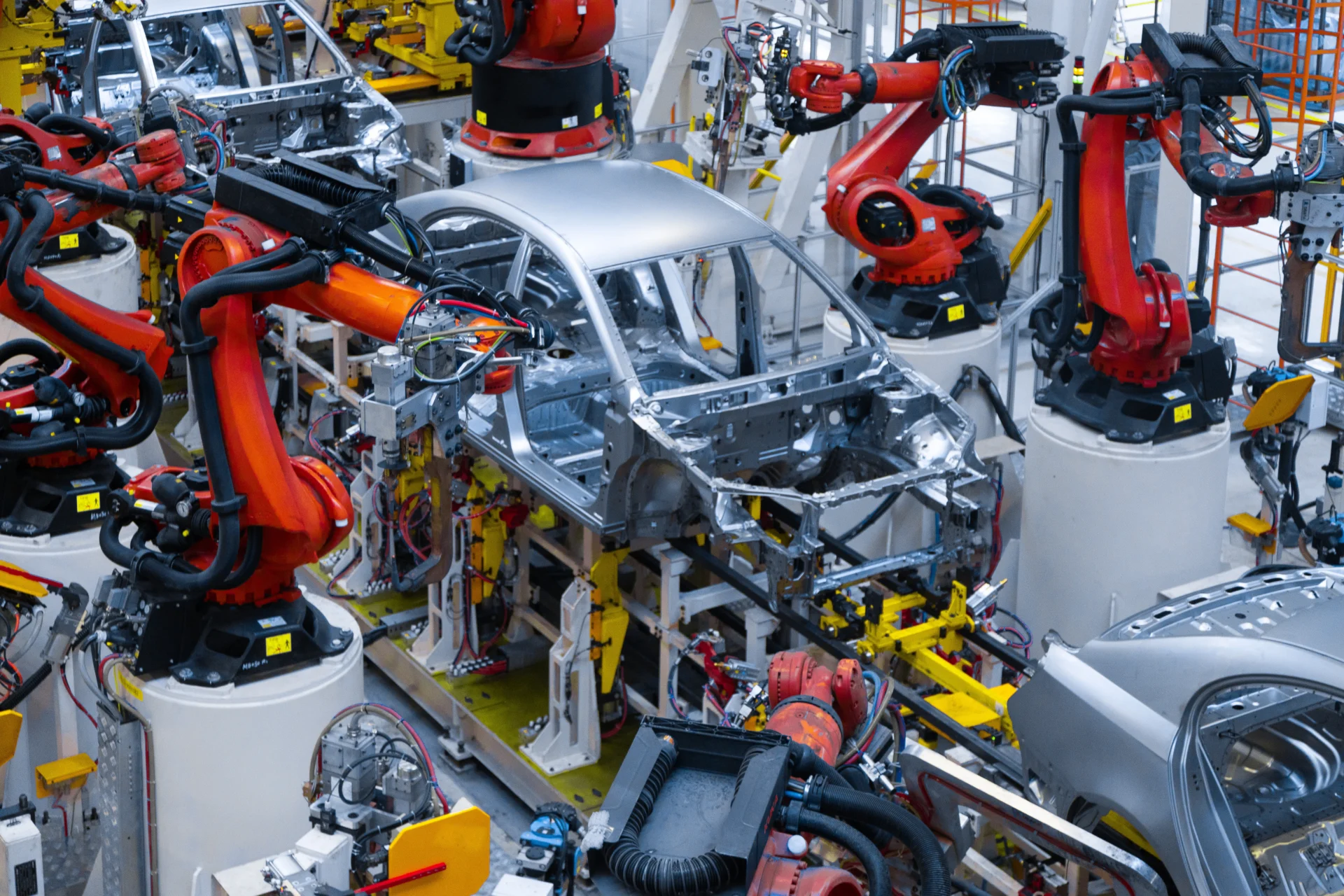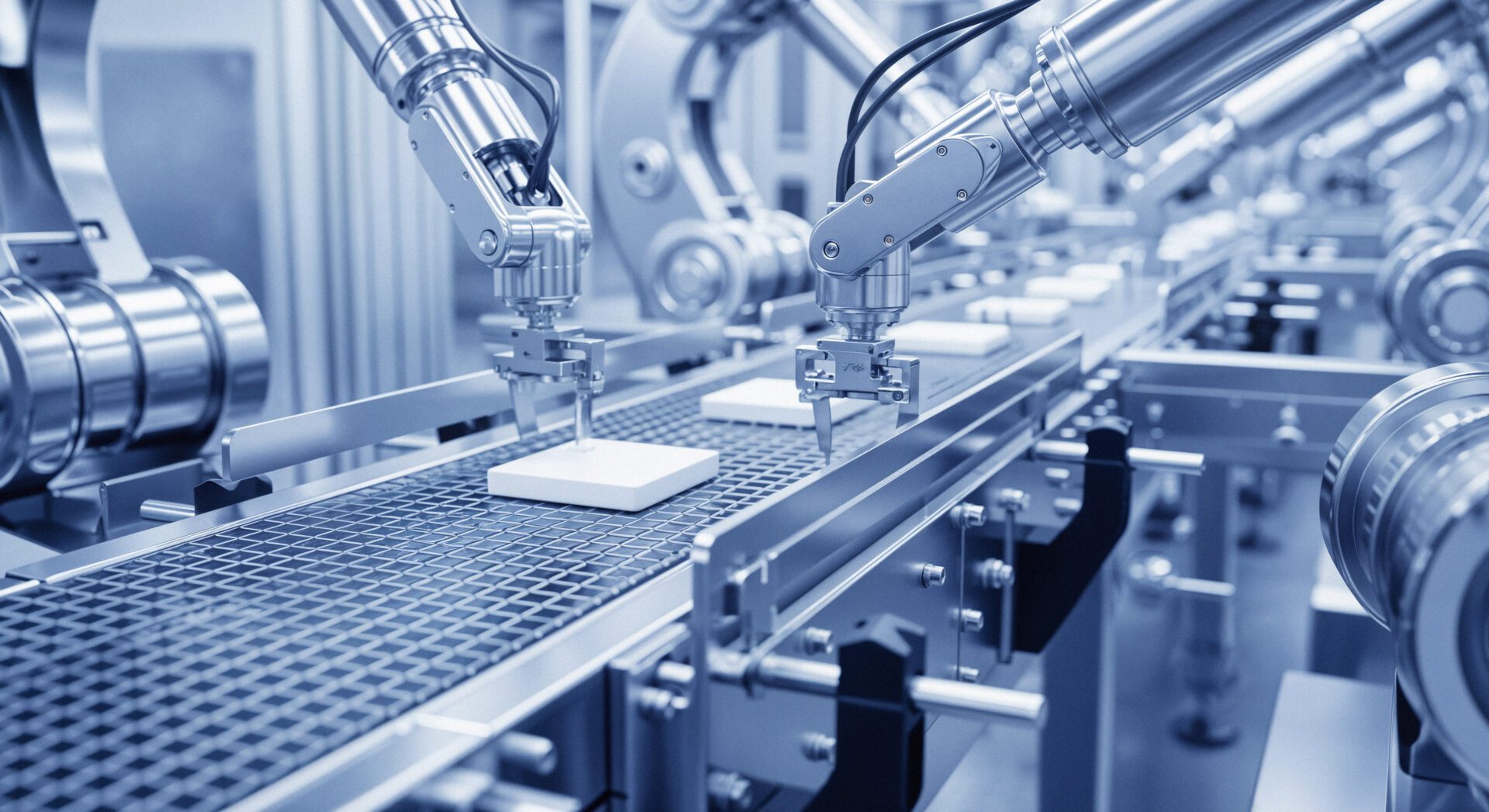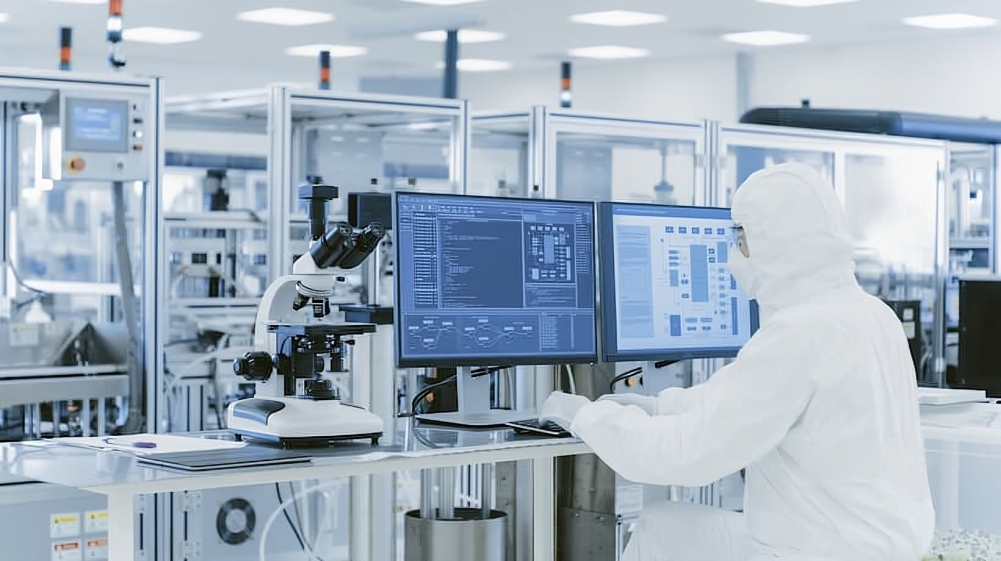Introduction
An industrial PC is a computer made to work in tough places like factories or plants. It is built like a normal PC but with a strong metal case. It often has sealed covers and extra cooling so it can run all day without breaking. Factories and plants use these computers to control machines. They gather data from sensors and help run production lines. Industrial PCs are very reliable and can handle dust, moisture, and vibration that would break regular office PCs.
The industrial PC market is growing fast. Many factories want to automate more tasks and connect machines over the Internet (the so-called “smart factory” or Industry 4.0). A report shows this market was about $5.4 billion in 2024 and is expected to grow steadily. These trends mean factories need more tough, reliable computers for industry.
More details on industrial PCs can be found in Industrial PC: What Is an Industrial PC? Features, Applications, and Manufacturing Benefits
Evolution of Industrial PCs
The idea of rugged PCs dates back to the 1980s:
-
1984-85: IBM made the first industrial computers (the IBM 5531 and 7531). These used PC parts inside strong rack cabinets.
-
1990s: PCs spread into factories. Panel PCs (computer + touch screen) appeared for machine control. Plants started using Windows and Linux PCs instead of older controllers.
-
2000s: Designs became smaller and fanless to avoid dust problems. IPCs used Intel Atom/Celeron chips and solid-state drives, blending PC power with durability.
-
2010s: “Smart factories” emerged. IPCs became part of the Industrial Internet of Things (IIoT), connecting machines to networks. For example, Siemens in 2024 launched IPCs with NVIDIA GPUs to speed up on-site AI and machine vision by 25×. Factories began using IPCs for real-time monitoring, robotics, and early warning systems.
-
2020s and beyond: IPCs now often have built-in Wi-Fi, 4G/5G, and advanced security. They integrate faster CPUs and AI accelerators. Analysts expect the market to continue growing (possibly to $8–10 billion by 2030) as automation and Industry 4.0 expand.
Core Industrial PC Features
Industrial PCs share these rugged characteristics:
-
Heavy-duty case: Thick metal housing with bolts and mounts to resist shock and vibration. Many have special flanges for rack, wall, or panel mounting.
-
Dust/Water protection: Many models meet high IP ratings (e.g. IP65), so dust and water are kept out. Sealed gaskets and filters help them work in dirty or wet environments.
-
Wide temperature range: They run in very hot or very cold places (for example –40°C to +70°C). Special components and cooling allow this range.
-
Fanless design: Many IPCs use passive heat sinks instead of fans. Without fans, dust buildup is reduced, so the PCs run longer without service. Fanless designs operate quietly and require little maintenance.
-
Long lifecycle: Industrial PCs are made to last. Manufacturers often support the same model for 5–10 years. This lets factories keep a computer standard without redesigning systems often.
-
Rich I/O: They offer many ports to connect to the factory floor. Common interfaces include multiple serial ports (RS-232/422/485), USB, Gigabit Ethernet, as well as digital and analog I/O lines and bus interfaces like CAN. This lets them attach sensors, actuators, and other industrial equipment directly.
These industrial pc features mean an industrial PC can run 24/7 in places where a normal PC would fail.
More about the differences between Industrial PC vs Normal PC can be found in: What Is an Industrial PC? Industrial PC vs Commercial PC Explained.
Industrial PC Form Factors
Industrial PCs come in various shapes for different uses:
| Form Factor | Description | Common Use |
|---|---|---|
| Box PC | Sealed small box (no screen) with mounting brackets. Often fanless. | Hidden machine controllers (mounted on machines or walls). |
| Rack-mount PC | Standard 19″ rack unit (1U–4U) like a server. | Control room or server cabinet for the plant network. |
| Panel PC | Built-in touchscreen and computer in one sealed panel. | Operator interfaces (HMI) on factory equipment. |
| DIN-Rail PC | Compact PC that clips onto a metal DIN rail. | Electrical cabinets or machine panels with limited space. |
| Mobile/Rugged PC | Rugged laptop, tablet, or vehicle-mounted PC. | Field or on-vehicle use (e.g. forklifts, vehicles, outdoor kiosks). |
For example, choose a panel PC when you need a built-in touchscreen at the machine, or a box PC if the computer will be hidden inside a control cabinet.
Technical Specifications and Components
Industrial PCs use standard PC parts, but often with industrial variants for reliability:
-
CPU: Usually Intel or AMD chips (Atom, Celeron, Core series). Some high-end IPCs include GPUs or AI accelerators. They may also use low-power embedded CPUs for efficiency.
-
Memory: Several gigabytes of DDR4/DDR5 RAM (some support ECC for extra reliability).
-
Storage: Solid-state drives (SSDs) are standard for speed and durability. Many IPCs use NVMe M.2 SSDs (like a very fast flash drive). Hard drives are rare due to vibration.
-
I/O and Networking: As noted, they have many built-in I/O ports. Networking usually includes multiple Gigabit Ethernet ports (some support 2.5 GbE or fiber) and often Wi-Fi or Bluetooth. 4G/5G cellular modems can be added for remote sites.
-
Power: Industrial power inputs (e.g. wide-range 12–48 V DC) with surge protection. Often support redundant power supplies for critical uptime.
-
Operating System: They can run standard operating systems (Windows, Linux, real-time OS). This lets factories use familiar software but in a hardened environment.
In short, an industrial PC is like a normal PC with fast parts and many ports, but built to work well in factories.
Key Industrial PC Applications
Industrial PCs serve many roles:
-
Factory Automation: Running robots, conveyors, CNC and assembly machines. IPCs interface with PLCs and control the production line to keep it fast and accurate.
-
Process Control / Data Acquisition: In oil & gas, power plants, water treatment, etc., IPCs collect sensor data and control valves/pumps. They run SCADA or DCS software for process monitoring.
-
Machine Vision: Quality inspection on production lines. Cameras capture images and IPCs (often with GPUs) analyze them to catch defects. Modern IPCs accelerate AI vision tasks, as with new NVIDIA-based models.
-
Human-Machine Interface (HMI): Panel PCs let operators see dashboards and control systems via touchscreens. They replace keyboard/monitor setups with sealed industrial displays.
-
IIoT and Smart Factories: As part of Industry 4.0, IPCs act as edge computers. They gather and preprocess data from sensors/machines and send it to the cloud or analytics servers. This enables predictive maintenance (fixing problems before they happen) and real-time analytics.
-
Other Industries: Any field needing rugged computers. Examples include vehicle control systems (trains, trucks), energy grid monitoring, medical imaging, and research labs. Wherever reliable, always-on computing is needed in a tough setting, you’ll find industrial PCs.
Overall, industrial PCs enable automation and data tasks that cheaper PCs cannot handle reliably.
Selecting the Right Industrial PC
Choosing an IPC means matching its design to the job:
-
Environment: Consider dust, moisture, temperature, and vibration. If it’s very dusty, get a fully sealed (IP65+) or fanless model. If it’s very hot or cold, ensure the temperature range covers your needs. For explosive or wet areas, check for special certifications.
-
Performance: Determine CPU speed, memory, and GPU needs. Simple data logging can use a basic CPU; AI vision or heavy computation needs a faster CPU (or GPU) with more RAM.
-
Form Factor: How and where will it mount? Rack PCs fit equipment racks; panel PCs mount on machines; DIN-rail PCs fit inside small control cabinets; box PCs can be wall- or shelf-mounted; mobile PCs are for carts or vehicles.
-
I/O & Connectivity: List required ports (Ethernet, USB, serial, analog I/O, etc.). Make sure the IPC has enough built-in ports, or slots for add-on cards. Also plan for network connectivity: Wi-Fi, Bluetooth, or cellular if needed.
-
Operating System & Software: Ensure the IPC supports the OS and software your applications need (Windows, Linux, real-time OS, etc.). Some IPCs come with preloaded drivers or software stacks.
-
Longevity: Industrial PCs cost more, but are built to last. Choose a vendor that offers long-term availability (often 5–10 year product life). Long support lifecycles avoid the need to redesign systems when a model is discontinued.
-
Total Cost of Ownership: Consider maintenance and downtime costs. A higher-quality IPC costs more upfront but can run longer without failure. Industry experts note IPCs deliver better ROI over time through lower maintenance and reduced downtime.
-
Scalability: Think about future needs. Can you add more RAM, disks, or I/O cards later? A flexible system lets you expand as your plant grows.
Carefully weighing these factors will help you pick an industrial PC that meets both your technical needs and budget.
Conclusion
Industrial PCs are special computers built for tough industrial use. They offer rugged durability (fans or sealed cases, high IP rating, wide temperature range) and long service life, so factories can run 24/7 without computer failures. These PCs bring the computing power of a normal PC into harsh environments.
As factories move toward Industry 4.0, industrial PCs play a central role. They connect machines, sensors, and software for automation and real-time data analysis. In summary, an industrial PC provides reliable, always-on computing that keeps modern manufacturing and automation running smoothly. Choosing the right model (with the right rugged features and performance) is key to reaping the benefits of automation and smart factory systems.
More details on industrial PCs can be found in Industrial PC: Embrace Digital Transformation with Edge Computing


